Can you read a person’s mood from the first words of conversation? I think that most of us would answer yes. After millions of years of evolution, the human ear has become so adept at recognizing changes in tone that even the slightest shift can have a dramatic impact on the meaning of a word or phrase.
For example, remember how your mother or father called you in childhood. If your name was pronounced quickly, clearly, in a stern, no-nonsense voice, you immediately knew that you were in serious trouble. Conversely, if your name was stretched out “Bri-yan!” or "Cyn-thi-aa!" in a singsong tone, then you immediately knew that things were fine. Likewise, your clients can determine from tonal clues whether you have come to make an interesting offer or are just talking about your successes, and also whether you are addressing them or some other audience.
As Dominic Tortorice says in his post 4 Brand Tone of Voice Examples: “Imagine, that you are a cosmetics brand trying to reach millennials on social media. Well, you might use a fun, lighthearted tone that is peppered with emojis and lingo designed to connect with a younger audience. However, say you’re trying to grab the attention of the C-suite audience. Your tactics would likely shift 180 degrees.”
The suits would probably respond best to a tone that is highly professional, is condensed into short, quick-hit sentences and is authoritative. You want to appear knowledgeable. You want to inspire. You want to provide thought leadership and cultivate an executive following that looks to you for solutions and ideas.
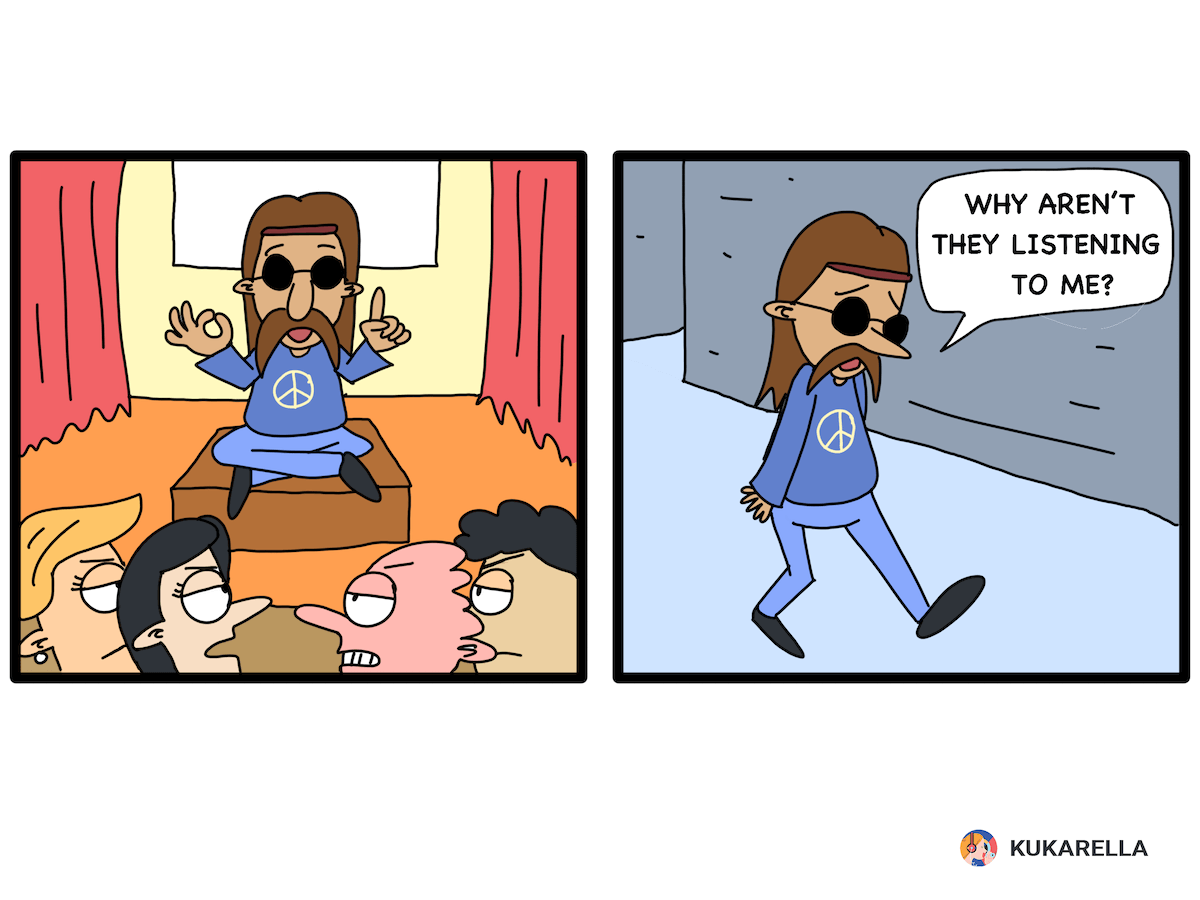
Whether you are creating a voice-over for your slides presentation or youtube video, the audience should feel that:
- You are speaking to them individually, and speaking their language;
- You are a real person, not a robot. Added touches — like oohs and ahhs and ahas and yups — are an integral part of human communication and have a massive impact on how you’re perceived;
- The tone of your voice matches your message;
- You can be trusted.
A friendly or trusting voice?
We just discussed the importance of knowing your audience and speaking their language. But what if you have to choose between the qualities of a voice like friendliness and trust? What if the voice sounds clear, but does not inspire confidence?

The Nielsen Norman Group conducted a study in which it tried to find an answer to the question of trust. As it turns out, friendliness and trustworthiness as independent variables were statistically significant predictors of desirability (willingness to recommend). However, trustworthiness is a much stronger predictor of desirability, across all the industries.
A playful tone for a serious industry has the potential of creating pleasant surprise and helping a company stand out from its competitors. But people don’t expect car insurance to be fun. “The friendliness kind of takes away some of the credibility,” one participant pointed out. Humor is extremely risky, because when it fails, you annoy and alienate your users.
Remember to consider the concerns of your audience and their emotional state when choosing a tone. If your users are nervous patients preparing for surgery, do you really think they’d prefer a formal tone? If your users are arriving frustrated at an error page, do you think they want that error message to be a joke?
Enthusiastic or calm?
This is another choice to be made. And there is no need to guess. Several groups of scientists have carried out a series of experiments and obtained the same results.
In ‘Does speaker’s voice enthusiasm affect social cue, cognitive load, and transfer in multimedia learning?’ study, children who listened to a reader who displayed enthusiasm had a higher recall of the contents than did children who listened to a reader who spoke in a neutral voice.
In a similar vein, Towler and Dipboye (2001) showed that a trainer who displayed high enthusiasm and expressiveness produced higher recall test scores among trainees as compared to a trainer who displayed low enthusiasm and expressiveness.
In the context of tutorial videos, an analysis of open online course videos showed that learners were more engaged -- they watched the presentation longer and attempted to answer more post-video assessment problems -- when instructors spoke with higher degrees of enthusiasm (Guo et al., 2014).
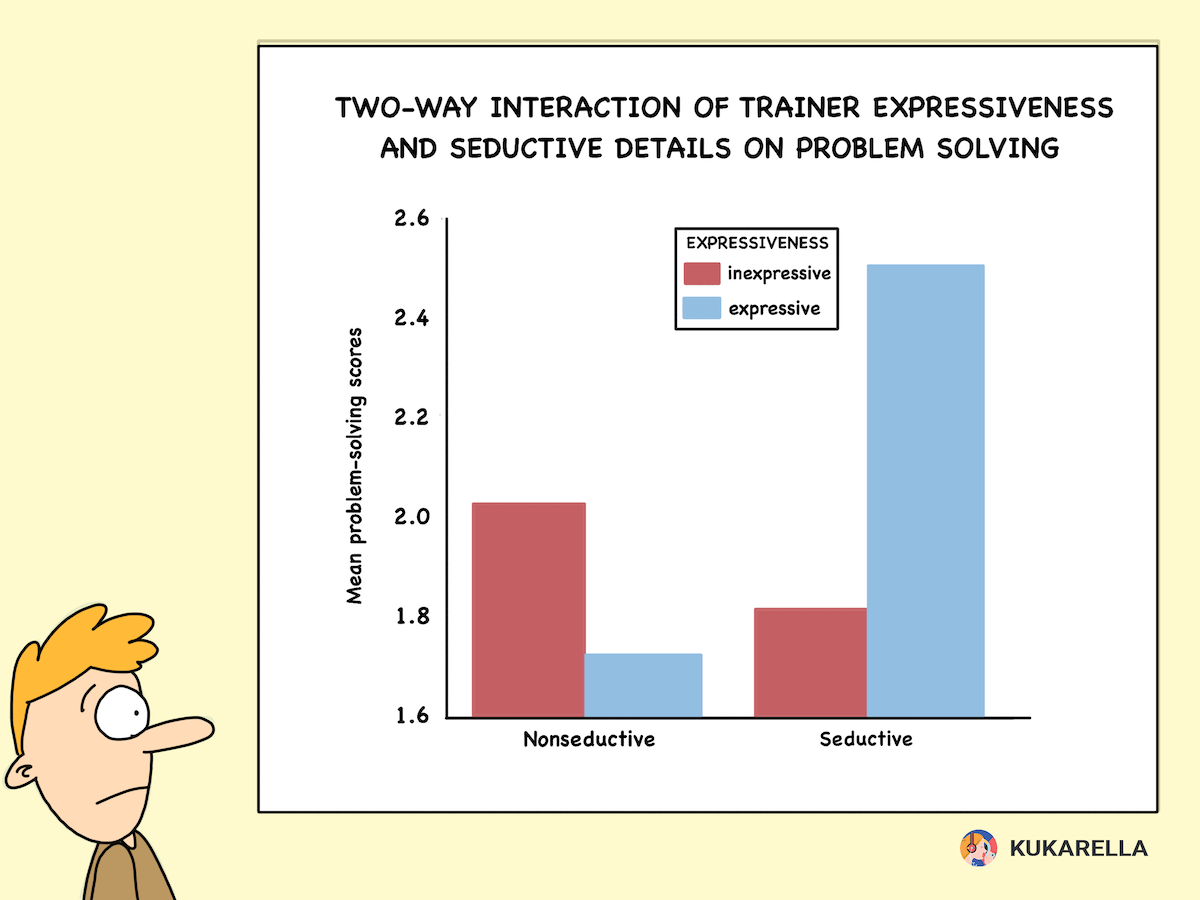
Through appealing social cues such as "friendly," "exciting," "energetic" and "warm," an enthusiastic voice results in higher cognitive engagement among users. On the other hand, when a voice is calm and devoid of expressive cues, learners may be less motivated to invest cognitive effort given the lack of socially appealing cues.
Are there any phrases from political speeches that you remember? It can be guaranteed that these were short phrases that did not appeal to the mind, but to the heart. These phrases are typically pronounced with great emotion. Try to pronounce any of these phrases in a quiet, emotionless voice and you will see that it loses its power.
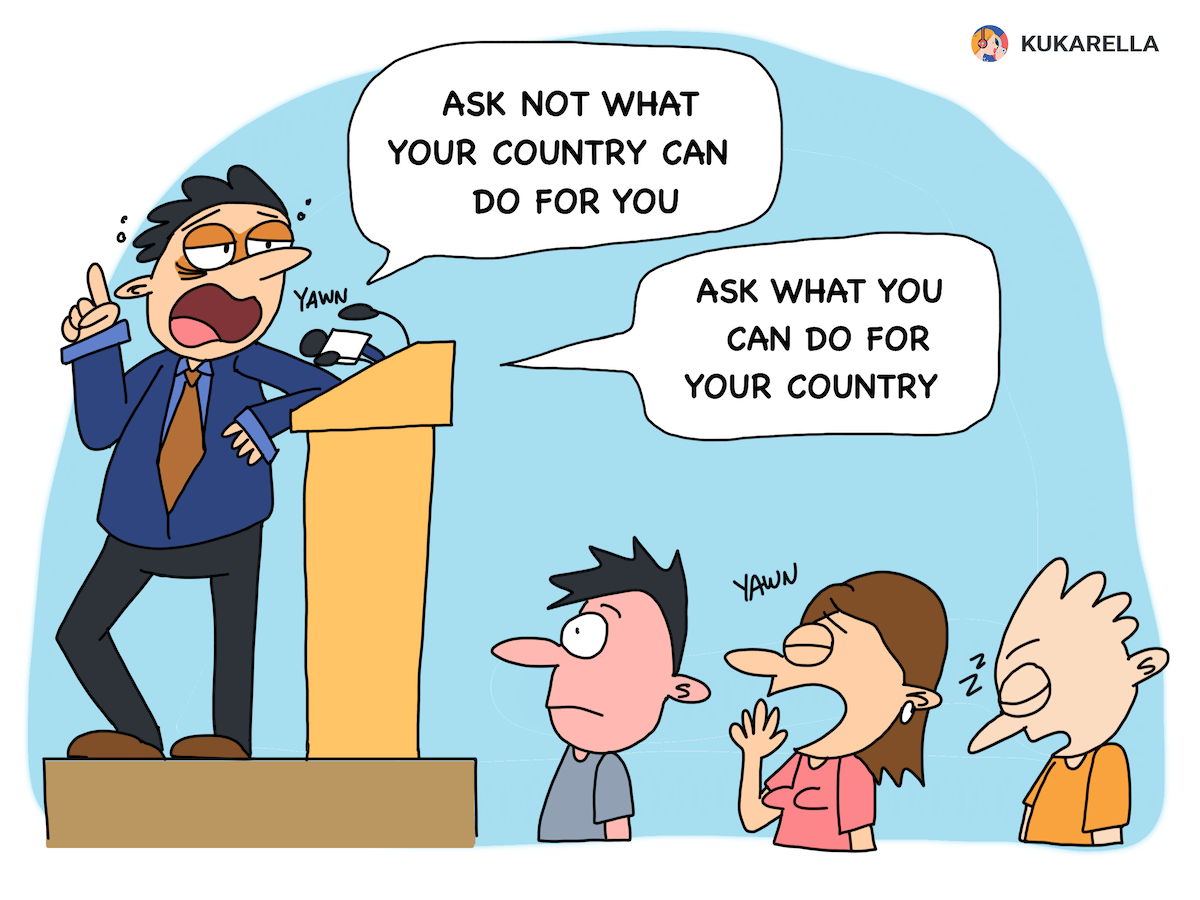
Enthusiastic cues are attention-getting stimuli that consistently gain notice among learners, as the stimuli are ever-changing in the context of verbal and non verbal expressions. In contrast, an unenthusiastic teaching style tends to be unchanging and predictable; hence, learners may "tune-out" and stop paying attention to the presented learning content.
Four dimensions of tone
Let's try to understand the four main tone-of-voice dimensions that must be taken into account when creating a message.
Funny vs. serious: Are you trying to be humorous? Or is the subject approached in a serious way?
Formal vs. casual: Is the writing formal? Informal? Casual?
Respectful vs. irreverent: Do you approach the subject in a respectful way? Or do you take an irreverent approach?
Enthusiastic vs. matter-of-fact: Are you enthusiastic about the subject? Or is the writing dry and matter-of-fact?
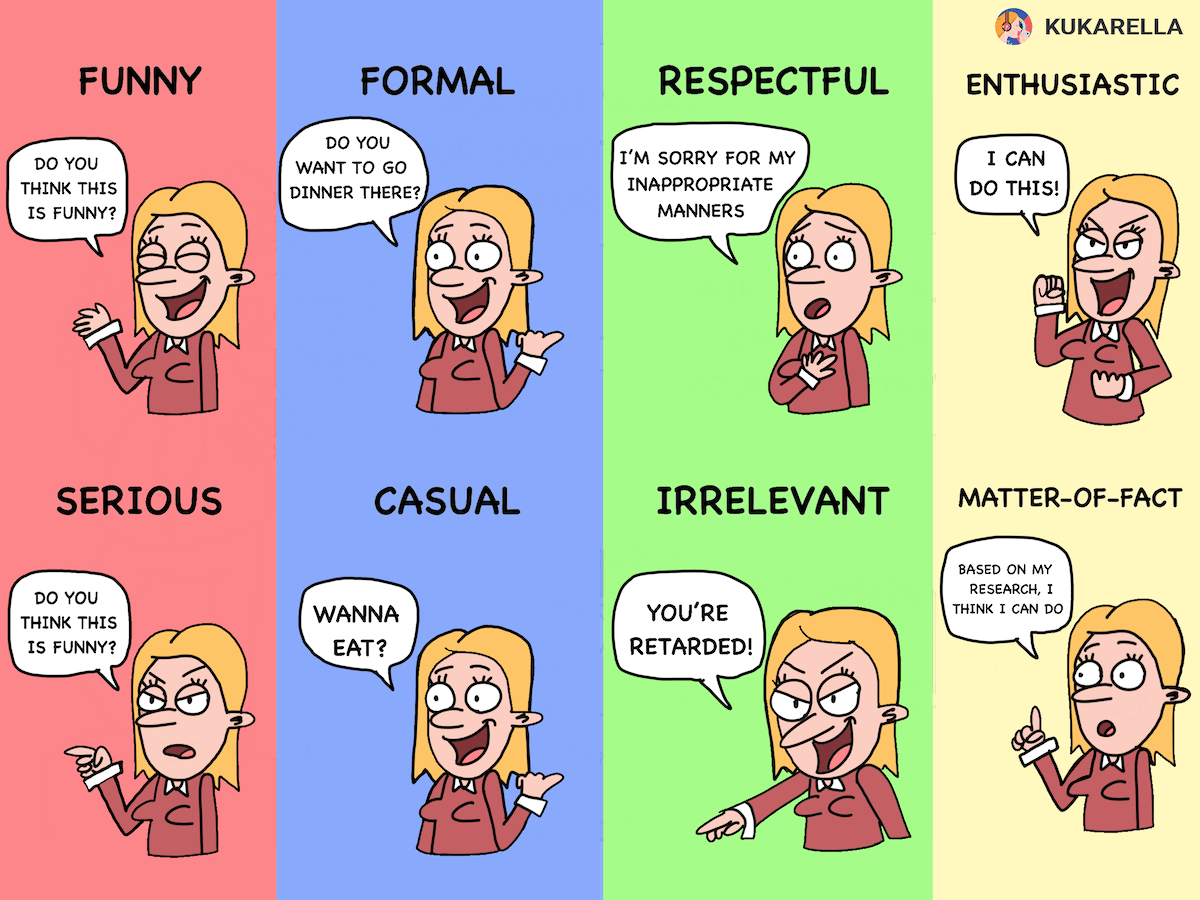
To see how these four dimensions of tone can be varied to create different effects, let’s consider a small piece of copy that almost every content team has to consider at some point — an error message.
At the core of every piece of writing is the message — the information we’re trying to communicate to our user. In this case, our message is, “An error has occurred.” Our tone will be how we communicate that message.
First, let’s try a serious, formal, respectful, and matter-of-fact error message.
“We apologize, but we are experiencing a problem.”
We’re not trying to make users laugh, or using any strong emotion in the message. It’s a fairly traditional, straightforward message.
Now, what if we tweak one of the four dimensions? Let’s make this same message a little more casual.
“We’re sorry, but we’re experiencing a problem on our end.”
The message is still serious, respectful, and matter-of-fact. But the message becomes more casual with a few small changes:
“We are” becomes “we’re.” “Apologize” becomes “sorry.” The addition of the expression “on our end.”
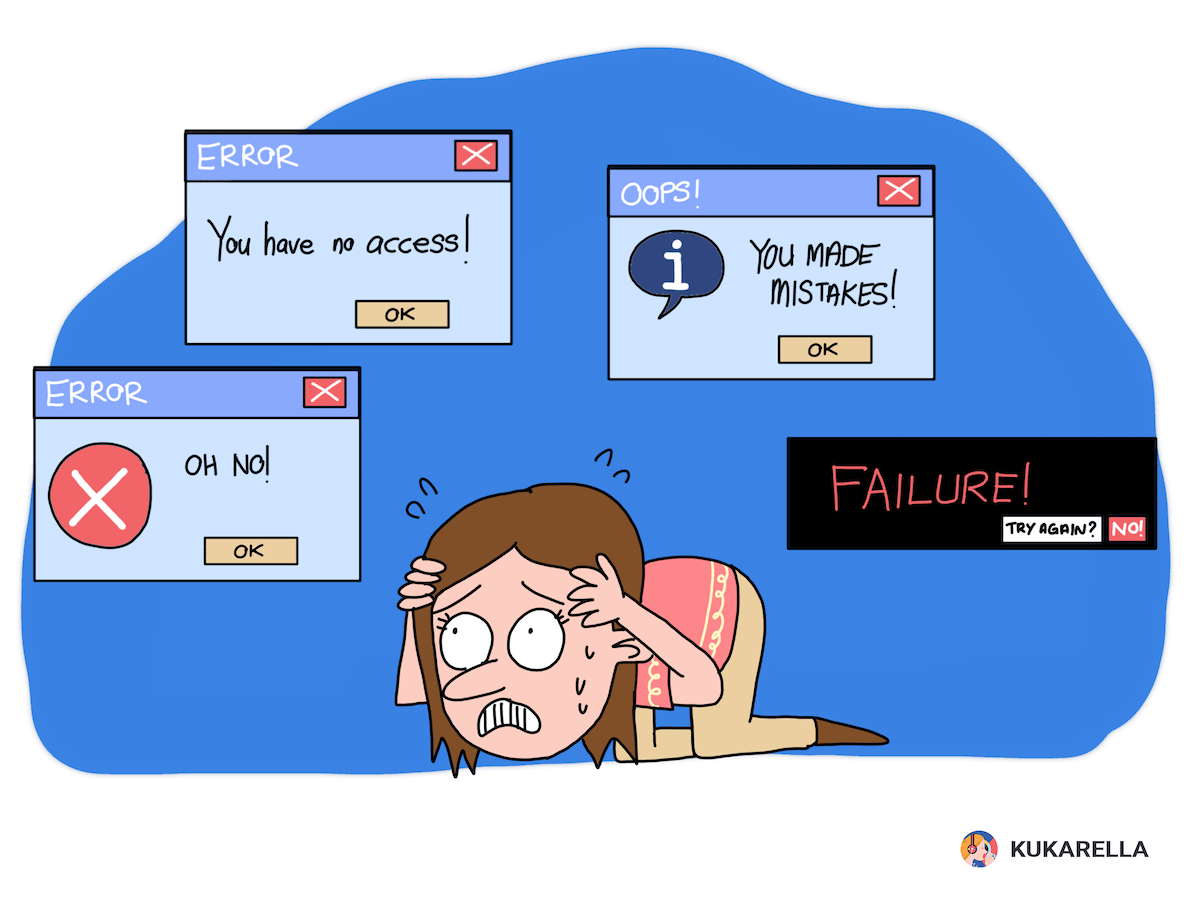
Let’s add a little more enthusiasm to the message. In this case, “enthusiasm” means emotion more than excitement, since the subject is a negative one for both the site and the user.
“Oops! We’re sorry, but we’re experiencing a problem on our end.”
Now we’ve taken the error message’s tone to casual and enthusiastic. If we add an attempt at humor and a little irreverence, we’ll have taken the same message to a totally different tone of voice. “What did you do!? You broke it! Just kidding. We’re experiencing a problem on our end.”
Which of these versions of the same message would work best? That depends on your brand and your users.
Your personality and your users
Your brand personality. If you work in a large traditional financial institution, an enthusiastic and irreverent error message might be out of character for your brand. The formal error message could work, but maybe you’ll opt for a casual message if you’ve decided that a personal, conversational feel would be best for your content.
Your users. Consider the characteristics and preferences of your users, but also their emotions and information needs for each piece of content. If your users are frustrated when they get this error message, or they see it frequently, a humorous tone might be irritating.
Remember that you can always vary your tone to fit the situation.
Keep your personality consistent, but vary the tone to fit the user’s emotional state and the topic. For example, a company’s financial report will need to sound different from that same company’s careers page targeting university students.

And always remember, you are not your user. Your predictions about how your users will react to your tone may be off. So?
Test it!
Create several different versions of the same message on Kukarella. Let your audience listen and ask them to rate it on a scale of 1-10. If you have more than 50 answers, that's a pretty representative survey. You are much more likely to be able to choose a tone that will appeal to your audience.
And at the same time, you can appreciate the benefits of using computer voices. This solution will not work for you in all cases. But chances are high that the realistic computer voice will appeal to your listeners. And if you add effects to it and choose the right accent, you will greatly increase this chance.